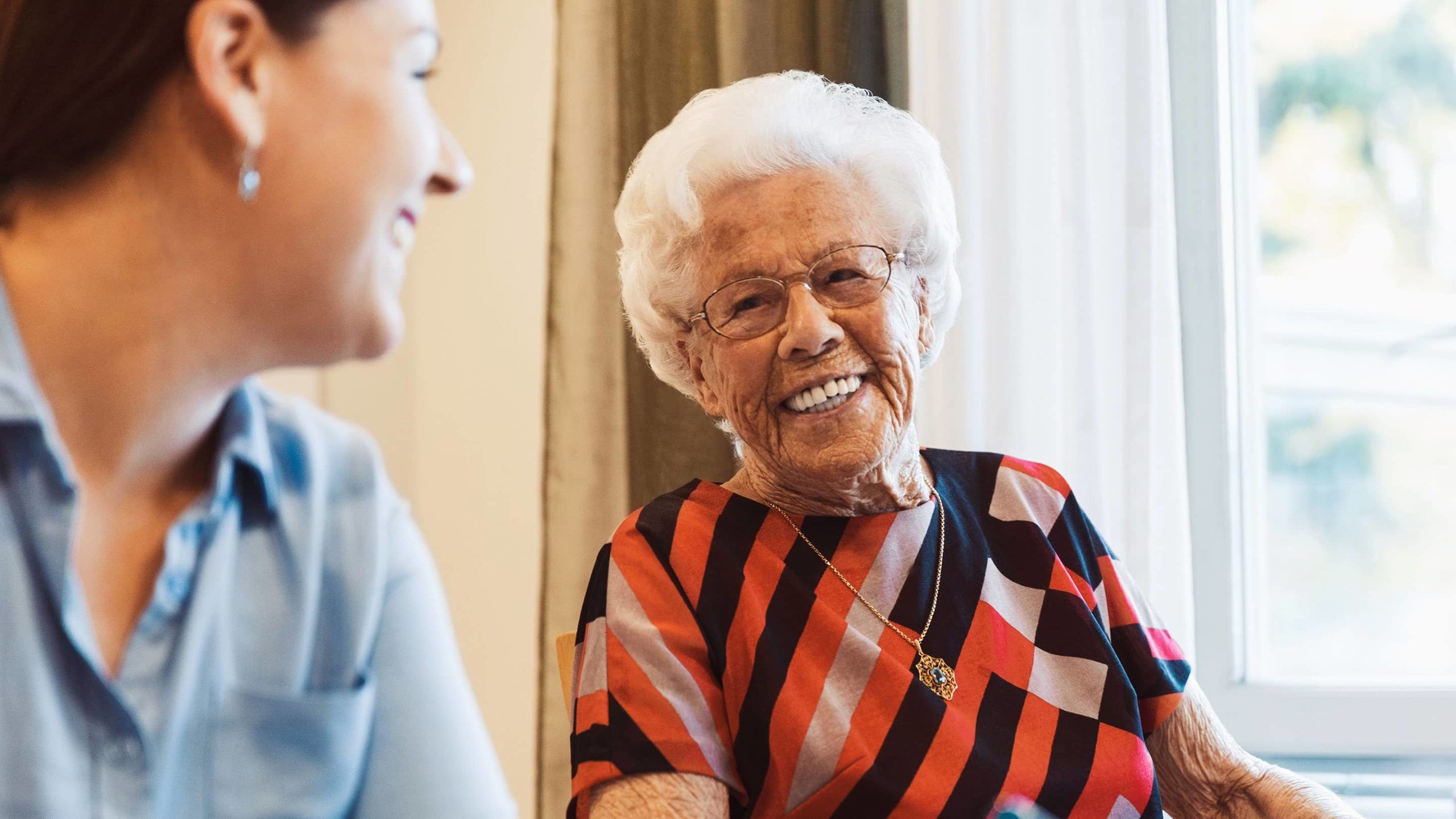Common Issues That Occur in Senior Adults with Diabetes and Other Conditions

Last Updated on January 24, 2023
Diabetes can create problems for older adults like health complications, physical limitations, mental and emotional challenges, and financial difficulties. These issues can be exacerbated by other chronic issues that are common in older adults, and managing everything at once can be a challenge. This article will look into these issues so that you can prepare to avoid them.
Quick Article Guide
Here’s what we’ll cover in this post:
Diabetes Creates an Increased Risk of Complications
As people age, their bodies naturally become less able to heal and repair themselves. This is known as the aging process. With diabetes, the risk of complications increases as the body becomes less able to manage the disease. This is because diabetes is a chronic disease that affects the body’s ability to use and store glucose properly. When glucose levels become too high, it can damage blood vessels, nerves, and organs.
One of the most serious long-term complications of diabetes is heart disease. People with diabetes are at a higher risk of developing heart disease because high glucose levels can damage the blood vessels that supply blood to the heart. This can lead to a heart attack or stroke. Diabetes can also damage the kidneys, leading to kidney disease. This can result in kidney failure and the need for dialysis or a kidney transplant. Nerve damage, known as diabetic neuropathy, is another common complication of diabetes. This can cause numbness, tingling, and pain in the feet and hands. Diabetic neuropathy can also lead to serious foot problems, as it can cause a loss of sensation in the feet, making it harder to detect injuries and sores.
As older adults with diabetes are more susceptible to infections and slow healing, it can lead to further health complications, such as amputations, blindness, and other infections like urinary tract infections, skin infections, and pneumonia.
In summary, older adults with diabetes are at a higher risk of developing complications from the disease due to the natural aging process and the body’s decreased ability to heal and repair itself. It’s important for older adults with diabetes to closely manage their blood sugar levels and work closely with their healthcare provider to prevent or minimize these complications.

Physical Limitations Make Managing Diabetes More Difficult
Physical limitations can greatly impact an older adult’s ability to manage their diabetes. Mobility issues can make it difficult for older adults to engage in regular physical activity, which is an important part of diabetes management. Regular exercise helps improve blood sugar control, increases insulin sensitivity, and can also help with weight management. When older adults have difficulty with mobility, it can be harder for them to get to a gym, walk around their neighborhood, or even move around in their own homes. This can make it harder for them to engage in physical activity on a regular basis.
Limited dexterity is another physical limitation that can make it harder for older adults to manage their diabetes. Self-monitoring of blood sugar levels requires the ability to handle small devices, such as glucose meters, and to perform finger pricks to obtain a drop of blood. For older adults with arthritis or other conditions that affect the hands, it can be difficult to perform these tasks.
Administering insulin injections is also a task that requires dexterity. Insulin injections are typically given via a syringe and needle or a pen-like device. For older adults with arthritis or other conditions that affect the hands, it can be difficult to hold and manipulate these devices. Additionally, older adults may have difficulty with fine motor skills, making it harder to inject insulin accurately and at the correct dosage.
In summary, physical limitations can make it more difficult for older adults to manage their diabetes. Mobility issues can make it harder to exercise, and limited dexterity can make it harder to self-monitor blood sugar levels and administer insulin injections. These challenges can be addressed by working closely with healthcare providers and physical therapists to develop an individualized plan that takes into account the older adult’s specific physical limitations. Assistive devices, such as insulin pumps, insulin pens or automatic lancing devices, can also make it easier for older adults to manage their diabetes.

Increased Mental and Emotional Challenges
Mental and emotional challenges can also be a significant issue for older adults living with diabetes. The chronic nature of the condition can lead to feelings of hopelessness and depression. Living with a chronic condition like diabetes can be overwhelming, and older adults may feel a sense of loss of control over their health. They may also feel frustrated and discouraged by the constant need to monitor blood sugar levels, take medications, and make lifestyle changes. This can lead to feelings of hopelessness and depression.
Older adults may also experience feelings of isolation and loneliness, which can be exacerbated by the fact that diabetes is often a solitary disease that requires a great deal of self-management. They may feel like they are the only ones dealing with the condition and may not have a support system to turn to for help. This can be especially true for older adults who live alone or in a senior living campus. They may not have regular contact with family and friends and may not have access to support groups or other resources that can help them cope with the emotional challenges of diabetes.
All in all, mental and emotional challenges can also be significant issues for older adults living with diabetes. The chronic nature of the condition can lead to feelings of hopelessness and depression, as well as isolation and loneliness. Especially in the case of older adults living in a senior living campus, these challenges can be exacerbated by the fact that diabetes is often a solitary disease that requires a great deal of self-management. It’s important for healthcare providers, family members, and friends to be aware of these challenges and to provide support and resources to help older adults cope with the emotional aspects of diabetes.

Increased Financial Issues
Living with diabetes can also be financially challenging for older adults for several reasons. The cost of medications, medical supplies, and doctor’s visits can be a significant burden, particularly for older adults living on a fixed income. Cost of life insurance and long term care insurance may also be unaffordable.
Medications such as insulin, which is essential for managing diabetes, can be expensive, and older adults may have to pay for multiple medications to manage their condition. Medical supplies such as glucose meters, test strips, and lancets can also add up over time.
In addition, older adults with diabetes may also face additional costs related to managing other chronic conditions. This can include costs for specialized care, such as visits to endocrinologists or diabetes educators, as well as costs for therapies and treatments that are not covered by insurance. All these expenses can make it difficult for older adults with diabetes to afford the care they need, which can lead to poor health outcomes and increased risk of hospitalization.




